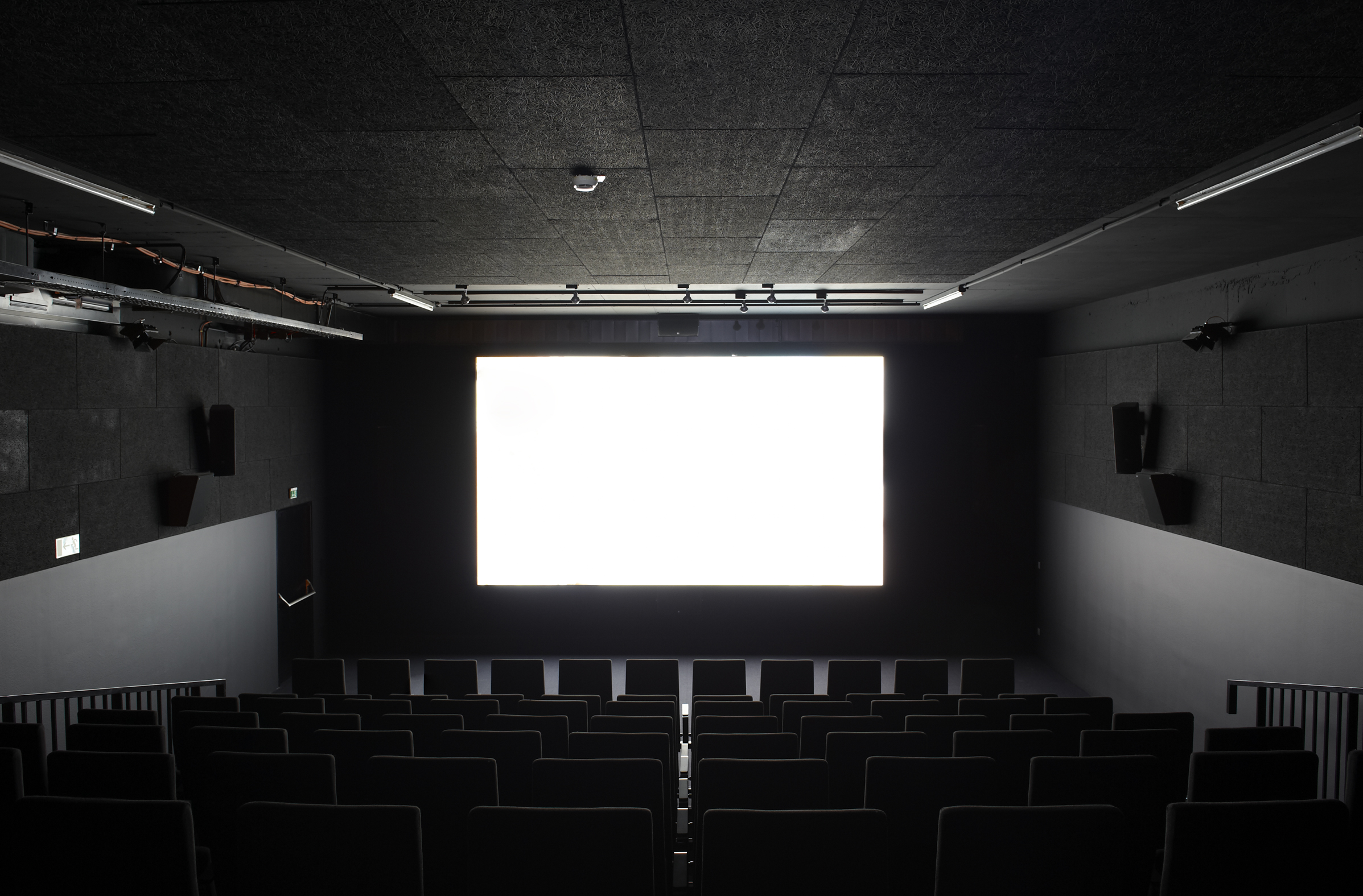
21.4.2016
Laura Mulvey
Laura Mulvey
Chantal Akerman’s first film, Saute ma ville (1968), prefigures some of the themes that would develop in Akerman’s mature work, most particularly: the character’s (played by Akerman herself) obsessive gestures and actions and the enclosed space of the kitchen, in which most of the film takes place. The film’s emotional intensity feeds into a dark, subversive humour, literally erupting in its explosive ending. In La chambre (1972) once again the camera observes an enclosed space, in this case Akerman’s bedroom. Slow 360° pans occasionally reveal Akerman herself in the room, engaged in various activities, but, by the end, she has vanished from the space, leaving it empty. The film Un’ora sola ti vorrei (2002) reconstructs the life of the director’s mother, Luisa Hoepli/Marazzi, who died mysteriously when Marazzi was a small child. Using ephemeral, personal objects, most particularly her grandfather’s home movies, she tells the story of Luisa’s childhood, adolescence, and then motherhood and its attendant crises. Initially, the project was a personal one in which Marazzi was searching for her lost mother but, as she gradually realized the social and political significance of the story, she made a film out of feminist consciousness about a young woman living immediately before the concept of women’s liberation arrived in Italy.
Filmprogramm
Chantal Akerman, Saute ma ville, 1968, 13 min
Chantal Akerman, La chambre, 1972, 11 min
Alina Marazzi, Un‘ora sola ti vorrei, 2002, 55 min
Presented by Laura Mulvey
Laura Mulvey is professor of film and media studies at Birkbeck College, University of London. She is the author of e.g. Visual and Other Pleasures (1989), Fetishism and Curiosity (1996), Death Twenty-four Times a Second: Stillness and the Moving Image (2006) and is renowned for her seminal essay Visual Pleasure in Narrative Cinema (1975). She made six films in collaboration with Peter Wollen in the 1970s/early 1980s and two, more recently, and with artist/filmmaker Mark Lewis.
© mumok – museum moderner kunst stiftung ludwig wien